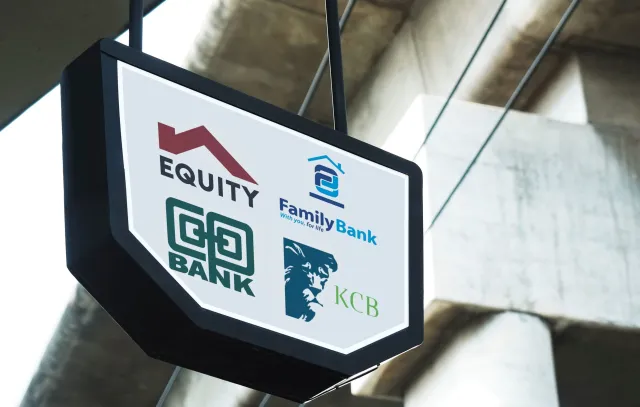The Kenyan economy faces a looming crisis originating from its banking industry, notably evidenced by the surge in Non-Performing Loan (NPL) ratios. Fitch, a prominent financial rating agency, highlights a significant increase in Kenya’s NPL ratio during the first three quarters of 2023.
The spike in NPLs primarily stems from delayed payments by the public sector to contractors, resulting in financial strain on borrowers and subsequent loan defaults. Sectors like manufacturing and construction are disproportionately affected, as evidenced by a substantial rise in NPLs within these industries.
The manufacturing sector, pivotal for Kenya’s industrialization and export potential, grapples with disrupted cash flows due to delayed government payments, hindering loan repayments and exacerbating NPLs.
Similarly, the construction industry, crucial for infrastructure development, experiences cash flow constraints from delayed public sector payments, impeding loan repayments and project completion.
The ramifications of Kenya’s banking crisis extend beyond finance, affecting investor confidence, credit access for businesses, and overall economic growth. Unemployment and poverty levels may worsen as the crisis spreads to other sectors.
Addressing this crisis necessitates collaborative efforts from the public and private sectors. The government should prioritize timely payments to contractors to relieve financial pressures on businesses and restore confidence in the banking sector.
Banks must implement robust risk management strategies to mitigate NPL impacts and ensure financial stability. Through proactive measures, Kenyan policymakers can mitigate adverse effects and foster sustainable economic growth.


















